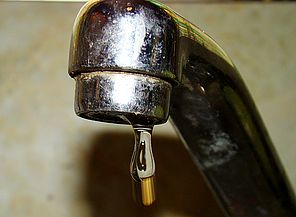Home Owners, Landlords, and Renters
From leaking toilets to dripping faucets, water can be wasted in many places around the home. By fixing leaks and taking other steps to conserve water you'll not only save water and energy, you'll save money as well! Below are a few surprising facts about household water use and simple steps you can take to become more water efficient.
Check your water meter to detect leaks
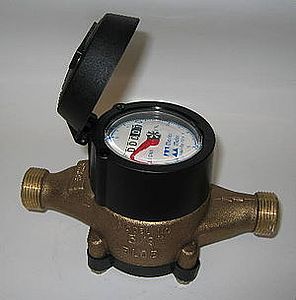
Why check leaks?
- The average household's leaks can account for more than 10,000 gallons of water wasted every year, or enough water to wash nearly 10 months' worth of laundry.
- Household leaks can waste more than one trillion gallons annually nationwide. That's enough water to supply Arizona, Utah, Colorado, and New Mexico for more than a year.
- Ten percent of homes have leaks that waste more than 90 gallons or more per day.
- Common types of leaks found in the home include worn toilet flappers, dripping faucets, and leaking showerheads. All are easily correctable.
- Fixing easily corrected household water leaks can save homeowners more than 10 percent on their water bills.
- Keep your home leak-free by repairing dripping faucets, toilet flappers, and showerheads. In most cases, fixture replacement parts don’t require a major investment.
- Most common leaks can be eliminated after retrofitting a household with new WaterSense labeled fixtures and other high-efficiency appliances.
To check for leaks, examine your winter water use. It’s likely that a family of four has a serious leak problem if its winter water use exceeds 12,000 gallons per month. Also check your water meter before and after a two-hour period when no water is being used. If the meter does not read exactly the same, you probably have a leak.
In colder climates like in New York and Vermont, water meters are usually located inside of the house but some may be located outside. Most are placed in the basement. Water must flow through the meter to measure the amount used.
Twist on a Faucet Aerator
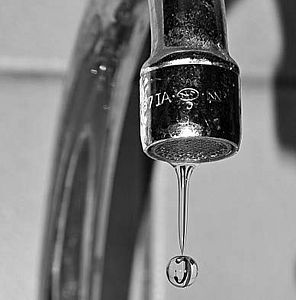
Faucets account for more than 15 percent of indoor household water use. That is equivalent to more than one trillion gallons of water across the United States each year! Adding an aerator onto each faucet saves water without decreasing flow. Faucet aerators cost as little as a few dollars, can be purchased at your local hardware store, and can save a household more than 500 gallons each year—enough to do 14 loads of laundry.
Replace wasteful fixtures
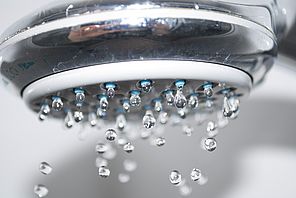
Everyone's home and plumbing fixtures are different. Replacing outdated or inefficient fixtures will save water and money on utility bills in the long run. You can calculate the savings of replacing toilets, faucets or showerheads based on the date of original fixtures using the water savings calculator.
When replacing inefficient fixtures, look for WaterSense®-labeled fixtures for products that are 20 percent more water efficient than average products in that category, and perform as well or better than their less efficient counterparts.
Test your toilet
One way to find out if you have a toilet leak is to place a drop of food coloring in the toilet tank. If the color shows up in the bowl within 30 minutes without flushing, you have a leak. Flush immediately after this experiment to avoid staining the tank.
A leaking toilet may be due to a worn out toilet flapper or a leaking gasket under the flush valve. Learn more about plumbing and toilet repair at your local hardware store. If the fixture needs to be replaced, be a conscious consumer and shop WaterSense label fixtures.
Pick up the bathroom pace
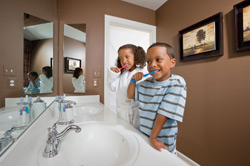
Bathrooms are the largest water users in the home, accounting for half of the water used indoors by American families. Pick up the pace in your bathroom and save water, time and money.
- Turn off the water while you brush your teeth and save two gallons per minute.
- Keep your shower under five minutes. You could save up to 1000 gallons a month.
- Opt for showers instead of baths. A full bath holds more than four times as much water than is needed to adequately bathe. To measure the amount of necessary water, take a five minute shower with the tub plugged. Note the water level, and only fill the tub to that height when bathing.
Outdoors
In some parts of the country homeowners use as much as 70 percent of their water outdoors? Experts even estimate as much as 50 percent of landscape water use goes to waste due to evaporation, wind, or runoff caused by overwatering. These simple steps will help you reduce water consumption and make better use of the water you use.
Step on it
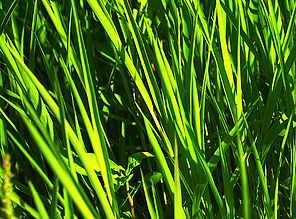
Avoid overwatering by monitoring weather and rainfall. Grass doesn’t need water just because it’s hot out. Step on the lawn, and if the grass springs back, then it doesn’t need water. An inexpensive soil moisture sensor can also show the amount of moisture at the plant’s roots and discourage overwatering.
Time it right
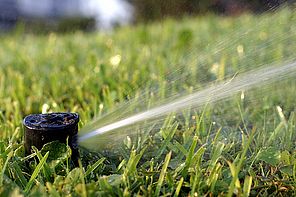
When watering lawns and landscapes, it’s best to water in the early morning because significant amounts of water can be lost due to evaporation during mid-day. If watering by hand, water slowly and deeply to avoid surface runoff that doesn't reach plant roots. Inspect any irrigation systems you have and check for leaks and broken or clogged sprinkler heads. Fix sprinkler heads that are broken and make sure the spray is directed to vegetation, not the driveway or street.
Give your hose a break
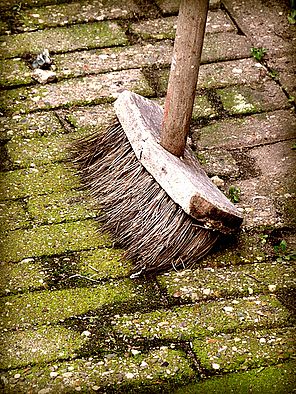
Sweep driveways, sidewalks, and steps rather than hosing them off. Routinely check for leaks at your spigot connection and tighten as necessary. If your hose leaks, replace the nylon or rubber hose washer and ensure a tight connection to the spigot using pipe tape and a wrench. After the gardening season is over, disconnect and store hoses and tighten spigot valves. This saves water and avoids freeze damage to hoses during the North Country's cold winters.
Leave it natural
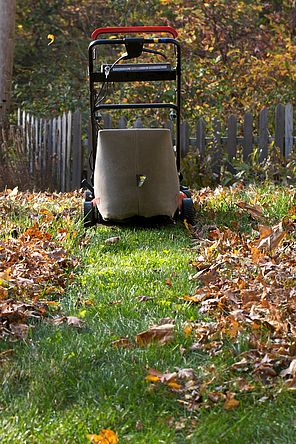
Select hardy and native plants for your landscape. These are more acclimated to the local climate and rainfall, and won't require additional water as much as non-native plants.
Let your grass grow longer. Maintain grass height at about three to four inches and raise your mower blade to cut off no more than 1/3 of the grass blade.
Reuse water
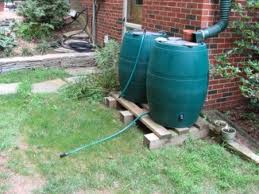
We recycle materials, why not recycle water? Use non-contaminated excess water from cooking or dehumidifiers to water plants and gardens. Install rain barrels to collect water from rooftops to water your lawn and garden. An inch of rain falling on a 1,000 square foot roof will contribute about 600 gallons of water. Click for an online tutorial on how to make a rain barrel.
Nuzzle your nozzle
Consider using a car wash which recycles water. If you wash your car at home, do it on the lawn so excess water will be absorbed rather than running off into storm drains. Before you begin, check to ensure your hose spigot and nozzle connections are tight. Fill a bucket with water and scrub down your car rather than blasting it from the hose. When hosing off the vehicle, control the water flow with an automatic shut-off nozzle. Be sure to never leave the hose running when it's not in use.
Be a conscientious consumer
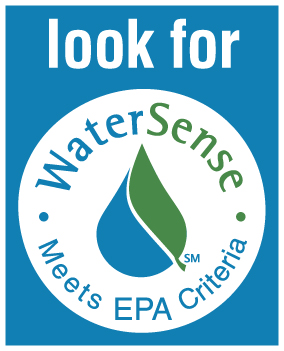
Water efficient products and practices save both water and money -- and protect Lake Champlain's health. Look for the WaterSense label when replacing fixtures or buying new ones. WaterSense products are backed by third party, independent testing and certification and are at least 20 percent more efficient than non-certified options.
Visit EPA's WaterSense Website for more information.

